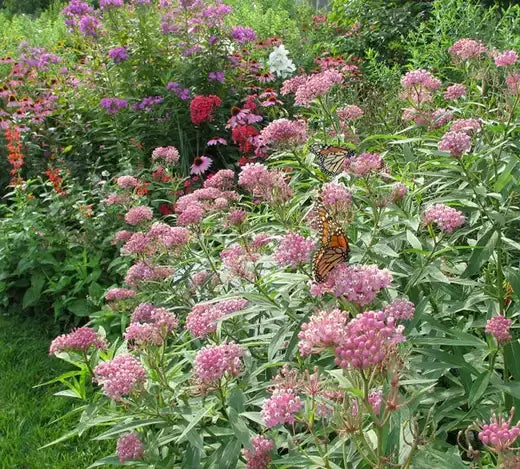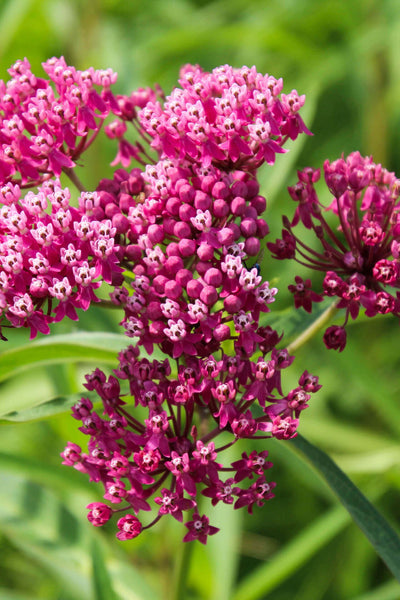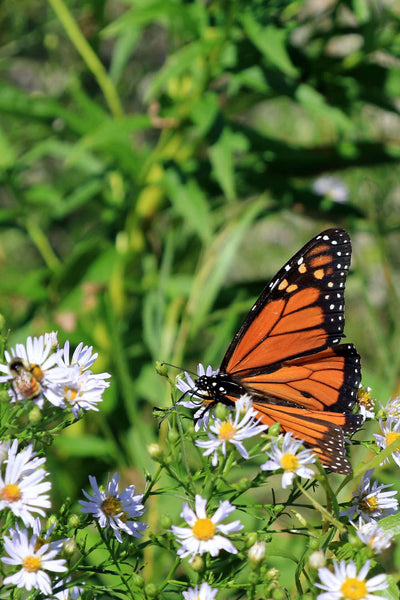Milkweed
Creating the perfect flower bed is not only a hobby but an art. Asclepias or milkweed is a perennial flower that can be a fantastic houseplant to produce the masterpiece of a flower bed. Its natural resilience and beautiful flowers make it ideal for nearly any environment. The flowers are some of the most complex and are very similar to orchids but are more resistant to disease and extreme conditions. The colors can range from a dazzling white to a brilliant violet and nearly everything in between.
Milkweed looks pretty and is enjoyed by bees, butterflies, and other insects that experience a little bit of delicious nectar. Milkweed is, in fact, a key ingredient in increasing the monarch population because it is the only thing that the caterpillars can eat. Not all insects enjoy them, however. Milkweed has a natural defense against invasive caterpillars. Like wireworms, These beautiful flowers help bring in beautiful natural insects while helping to combat the invasive insects and wireworms.
Plant Milkweed today and enjoy the wildlife
This flower can go well in a variety of planting situations. With its beautiful flowers, a variety of species, and fast-growing speed, milkweed is a valuable means of colorfully filling any open space. It is a free-standing flower, so it fits best in public areas and pairs well with other herbs, mosses, and other low-to-ground plants.
Wild animals do not enjoy eating it, so it is relatively safe from deer and other animals. It is naturally occurring, so it is suitable for nature and good-looking. It's possible that the same species that would be planted in your flower bed would be naturally present in your backyard. With so many benefits, milkweed makes it a necessity for nearly any gardening or planting project your heart desires. Butterflies love flowering plants such as milkweed.
Buy your Milkweed today at TN Nursery



